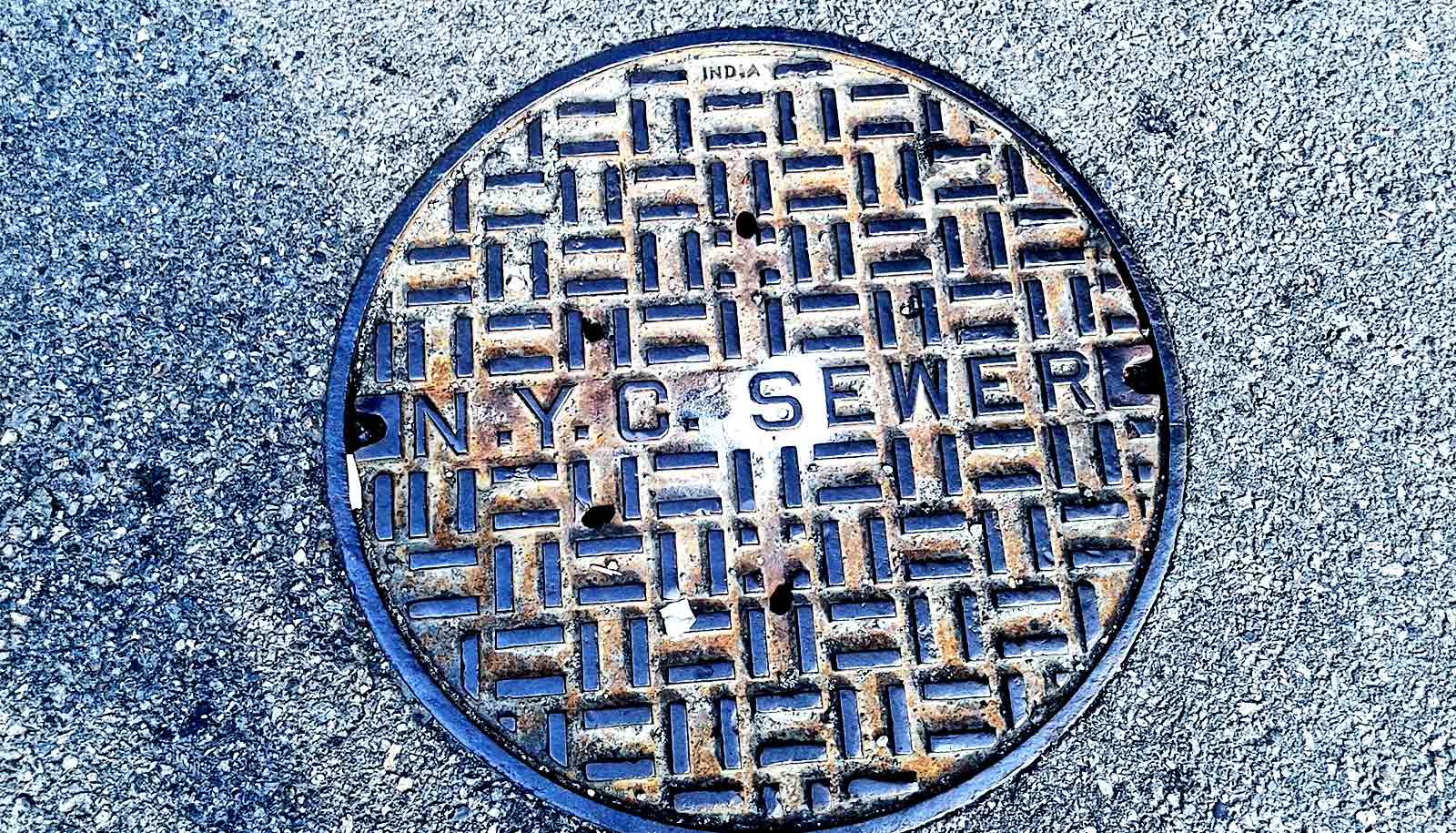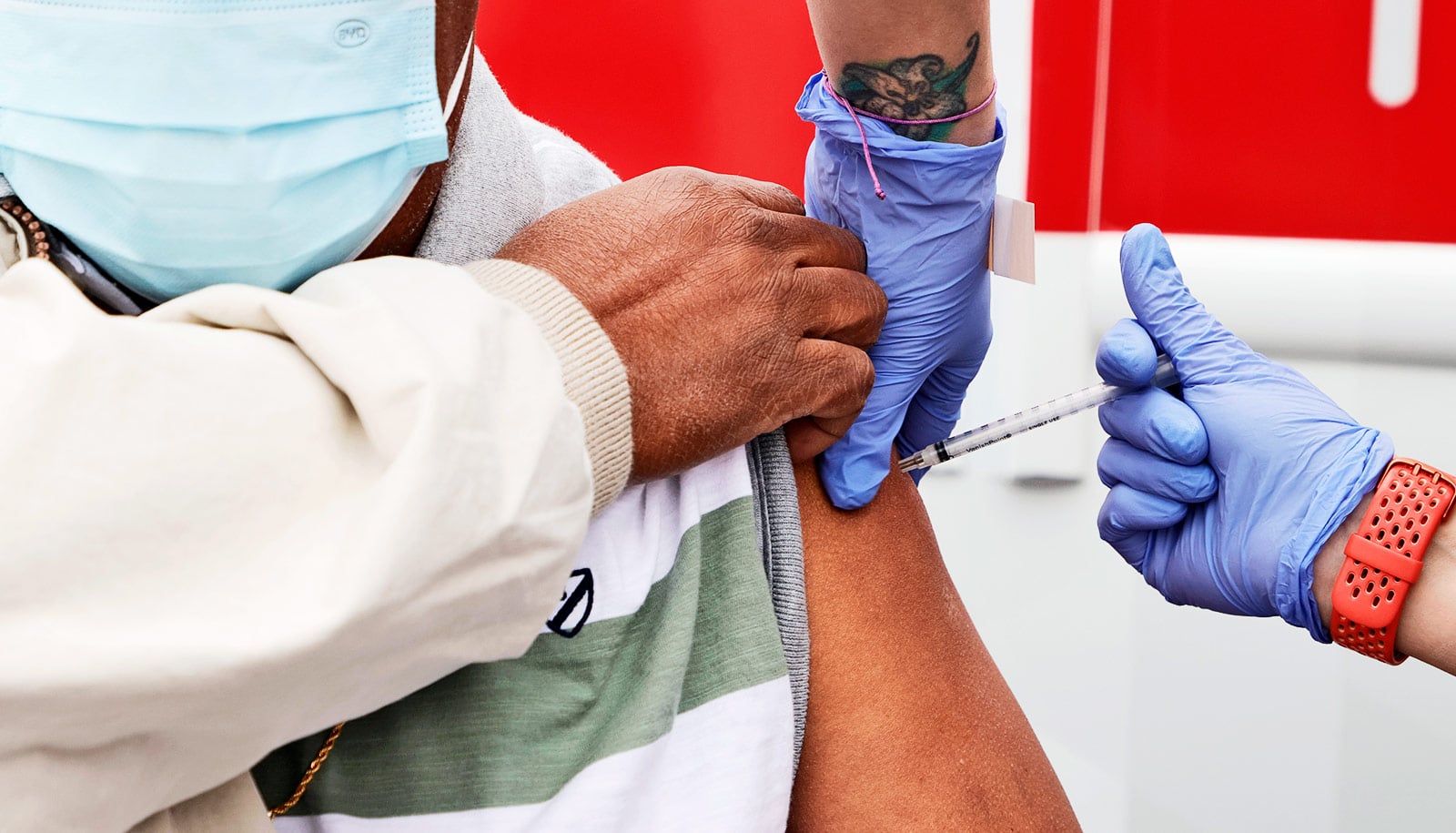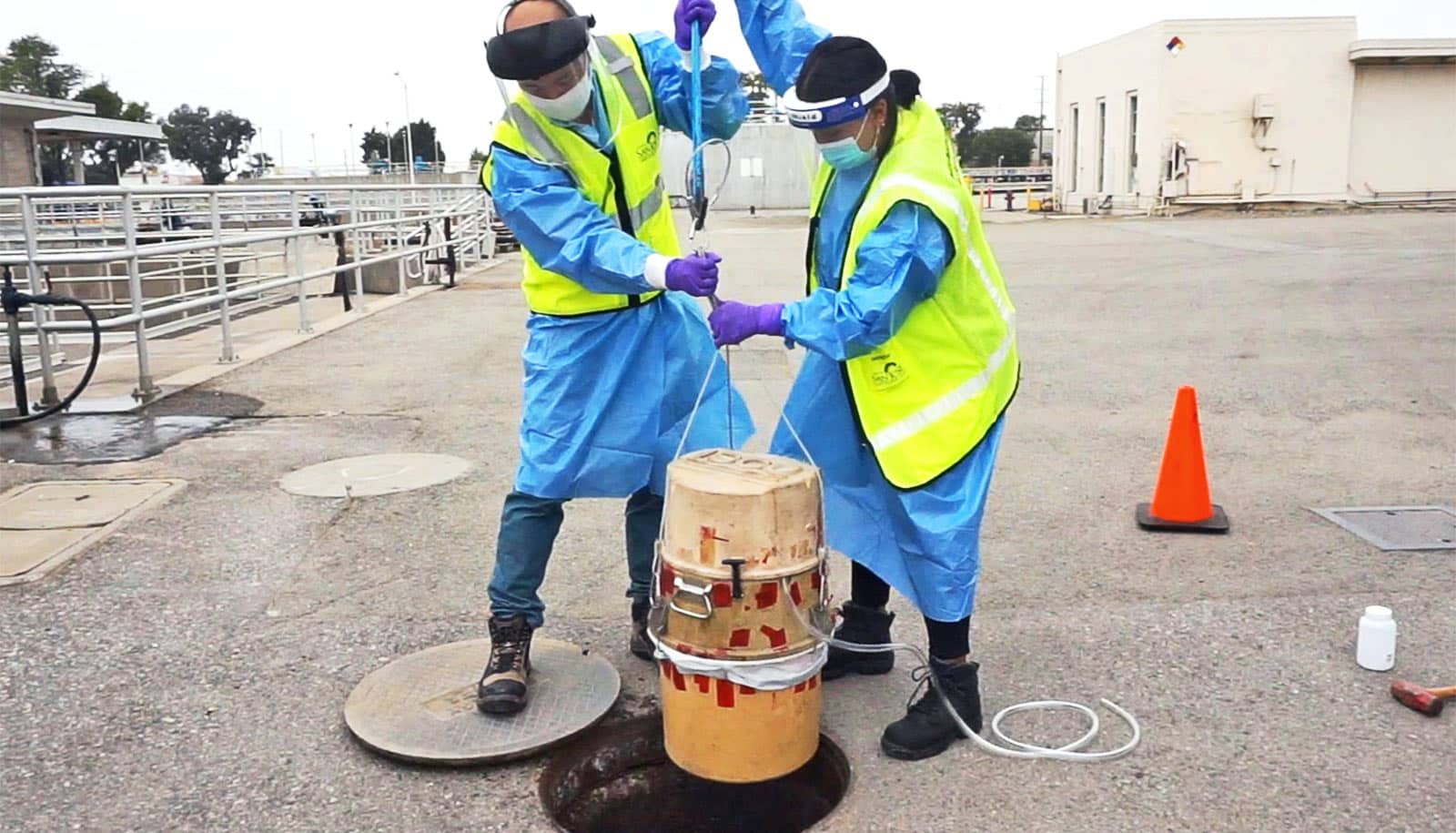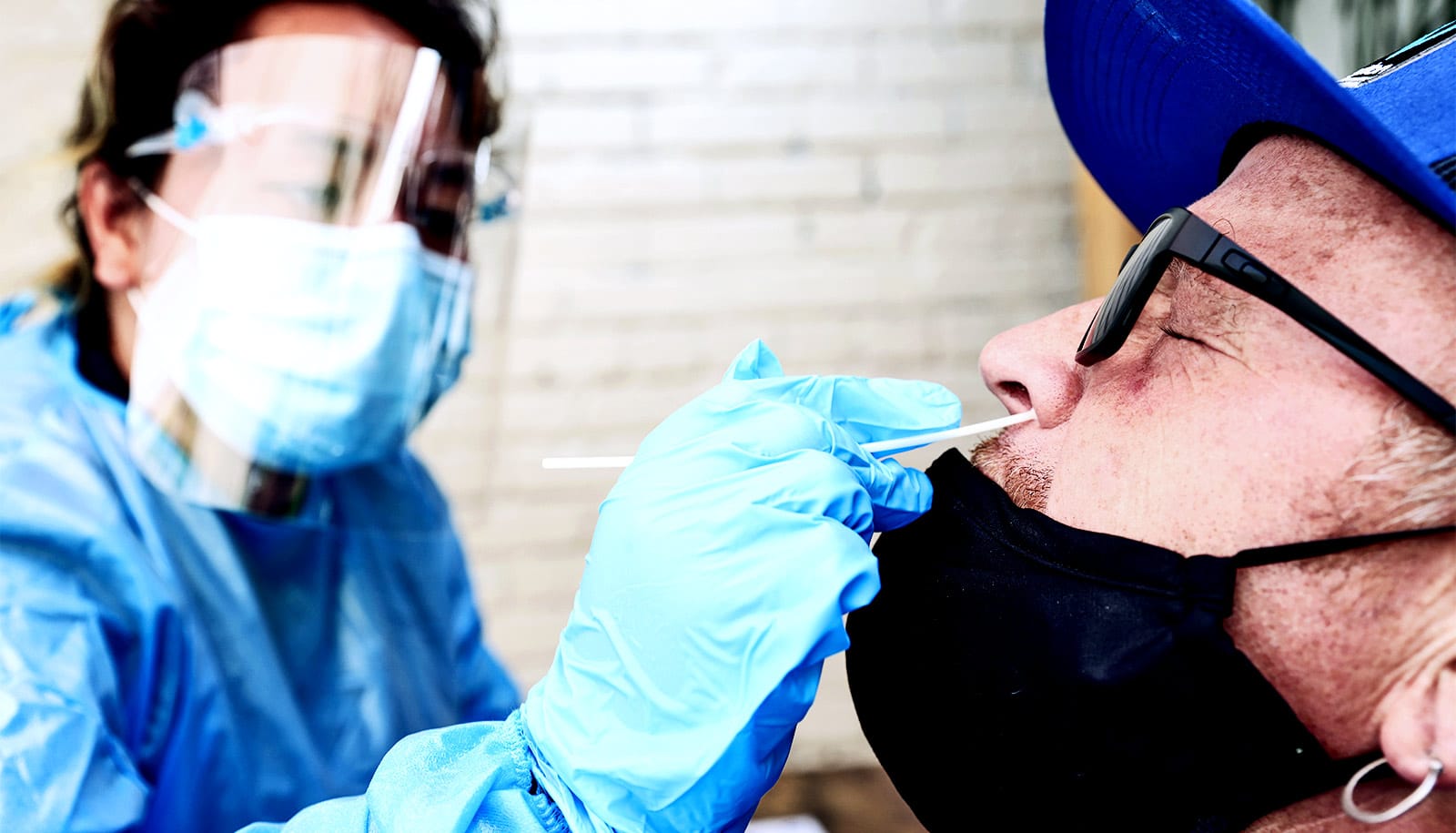Researchers have detected at least four “cryptic” variants of SARS-CoV-2, the virus that causes COVID-19, in samples of wastewater from New York City’s public sewer system.
The latest COVID variants have spread like wildfire across the globe in recent months, leading many scientists to wonder when the next variant will appear. The new research may get us one step closer to making that determination.
According to the Centers for Disease Control and Prevention (CDC), viruses such as SARS-CoV-2 can continually evolve by acquiring mutations. Variants, such as Delta or Omicron, may contain one or more mutations within their viral sequence that help to distinguish themselves from other variants of SARS-CoV-2.
The “cryptic” mutations researchers identified in New York City could be linked to possible animal origins, says Marc Johnson, a professor of molecular microbiology and immunology at the University of Missouri and co-corresponding author of the new study in Nature Communications. While these origins have not been verified yet, he believes one possible source could be the rats that frequent New York City’s sewer system.
“For instance, we still don’t know where the Omicron variant came from, but it had to come from somewhere,” Johnson says. “These variants are bubbling up everywhere, including Omicron, which eventually spilled into the general population and wreaked havoc. We think these weird lineages could be where the next variant of concern for COVID-19 comes from.”
Atypical mutations
The idea for this project started in March 2020 after John Dennehy, a virologist and professor of biology at Queens College, City University of New York, began looking for different ways to analyze the impact of the COVID-19 pandemic.
Monica Trujillo, an associate professor at Queensborough Community College, City University of New York, shared with Dennehy a study from Australia that described using wastewater to track the spread of a coronavirus, and it inspired Trujillo to ask officials from the New York City Department of Environmental Protection to send her wastewater samples in order to conduct similar work.
In the summer of 2020, Dennehy and Trujillo teamed up with Davida Smyth, the lead author of the current study. Smyth, now an associate professor at Texas A&M University-San Antonio, was at The New School, New York at the time. They put together a team of researchers to begin tracking the spread of coronavirus via New York City’s wastewater.
Since then, Dennehy, a co-corresponding author of the study, found some interesting results. When he shared some of the more unusual results during a March 2021 episode of Vincent Racaniello’s podcast This Week in Virology, Johnson happened to be listening.
“The mutations that we were observing in our sample weren’t typical among any of the known sequences circulating at that time,” Dennehy says.
Wastewater surveillance
Ironically, Johnson was simultaneously reaching out to various researchers across the United States who were doing similar work with wastewater after he observed some unusual results from his analysis of wastewater in some of his samples from the greater St. Louis area.
On the podcast, he heard Dennehy describe their targeted approach, which happened to be the same method University of Missouri researchers were using to test samples of wastewater for SARS-CoV-2 in Missouri, but with one key difference—University of Missouri was analyzing a larger region of the virus genome for possible mutations. Within a week, Johnson had samples of NYC wastewater delivered for further analysis.
“When we first started with the samples from New York City, I was looking to see if they had the same virus sequences that I saw in some of my samples from St. Louis,” Johnson says. “They were different, but all of them had similar mutations in common at one particular location on the virus—Q498. What’s amazing is that in most of the samples from New York City, the Q in Q498 had turned into a Y, or glutamine into tyrosine. If you look at the database, there was not, and continues to not be, a human patient who has had that mutation.”
Dennehy believes a possible explanation could be a biological process called convergent evolution.
“An animal in Missouri is not going to mix with the same type of animal in New York City,” Dennehy says. “Therefore, the evolution of the virus in each geographic area is independent of each other, but because it’s the same animal, the virus looks the same in both places.
“For instance, we think conditions in South Africa that gave rise to the Omicron variant are the same conditions in New York City that gave rise to our cryptic variants. As a biologist, I thought the spread of Delta was menacing, but the speed [with] which Omicron took over New York City is on another level.”
“I’m interested in how we can take what we know and apply it to the real world where it is needed the most,” says Smyth, who is also the deputy director for the National Center for Science and Civic Engagement.
“Wastewater surveillance is really important in the context of community-based, public health measures where we have the ability to communicate health information at a level where decisions, practices, and interventions can be implemented. Wastewater surveillance is fast, inexpensive, and unbiased, and for that reason it has the ability to be implemented depending on resource availability in a variety of contexts, especially in areas with limited resources such as low testing and vaccine availability.”
Additional coauthors are from Texas A&M University-San Antonio; Queensborough Community College, City University of New York; Long Island University; and the University of Missouri.
The New York City Department of Environmental Protection, a donation from the Linda Markeloff Charitable Fund, and a grant from the National Institutes of Health funded the work.
Source: University of Missouri



